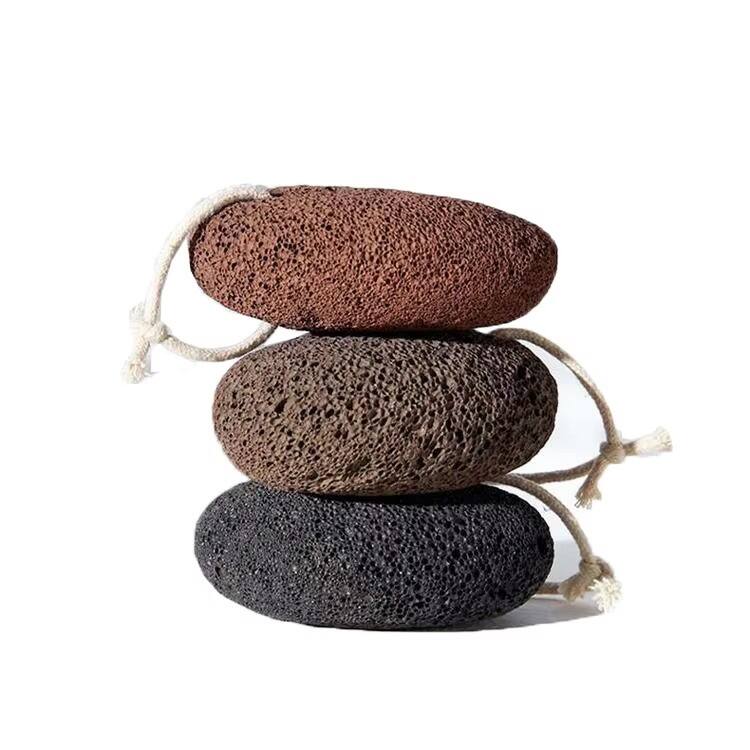organic dyes & pigments
Organic dyes and pigments are essential colorants derived from natural or synthetic organic compounds, playing a crucial role in various industries. These substances possess unique molecular structures that enable them to absorb and reflect specific wavelengths of light, creating vibrant and lasting colors. Unlike inorganic alternatives, organic dyes and pigments offer superior color brightness, purity, and versatility in applications. They function through chemical bonding or physical absorption with substrate materials, providing excellent color stability and durability. The technology behind organic dyes and pigments has evolved significantly, incorporating advanced synthesis methods and molecular engineering to enhance their performance characteristics. These colorants find extensive applications in textiles, printing inks, paints, plastics, and cosmetics industries. Their molecular structure can be precisely controlled during synthesis, allowing manufacturers to create specific color shades and properties tailored to different applications. Modern organic dyes and pigments also feature improved light fastness, weather resistance, and chemical stability, making them suitable for both indoor and outdoor applications. The industry continues to innovate with eco-friendly alternatives and sustainable production methods, addressing growing environmental concerns while maintaining high-performance standards.


